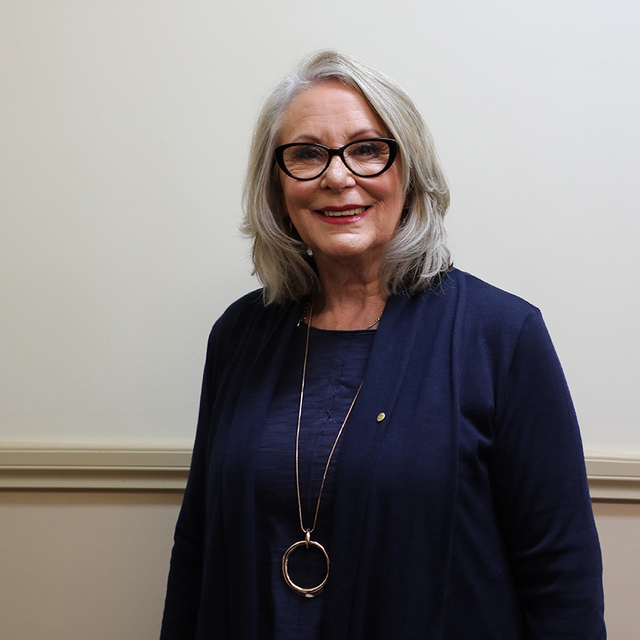In Tasmania local government has an excellent working relationship with the State Government and through the auspices of the Premier’s Local Government Council much has been achieved in the area of local government reform.
One of the reforms has been in the area of planning. Tasmania now has a single state-wide planning template, three land use strategies (Northern Tasmania, North West Tasmania and Southern Tasmania) and a number of new planning schemes are operational. The remaining interim planning schemes will be in operation in the coming months. The new schemes are 90 percent consistent with state–wide and regional planning scheme templates with the remaining areas of difference related to important local provisions addressing local issues.
The three regions have worked very hard over the past three years to achieve this reform and it has been unfortunate to see a continual sniping from the sidelines from people and groups who would appear not to have an understanding of how planning actually works.
Improving our planning system, which is in many ways leading the rest of Australia, is focussed on reducing costs and barriers to job–creating developments and housing. Streamlining the planning system by having three regional planning schemes that have a large degree of consistency will certainly make it so much easier for developers operating across council boundaries.
During the process of developing the new planning schemes a number of planning directives have been issued to improve the development application process and the state parliament has recently passed a number of significant amendments to the Land Use Planning and Approvals Act. These legislative changes include private certification of permitted use and development, substantially improved enforcement provisions, the ability to process a dispensation and development application at the same time, an interim planning directive power, and the establishment of the first state-wide digital planning system in Australia. The Tasmanian planning system is now more streamlined, consistent and flexible than ever before providing certainty and guidance for the protection of property owners, flexibility for developers and clarity and certainty of planning requirements, also protecting the public interest of affected parties and promoting community, economic and environmental values of sustainability.
The state government has plans to continue with further improvements to the planning system however with a state election on 15th March 2014 they may or may not have an opportunity to implement their forward plans. The current state opposition is also desirous of pursuing planning reform and with their policy to develop a single planning scheme for the state I am sure that, should they be successful at the election, we will be in for an extremely interesting time ahead! Whatever the election outcome, councils believe that continual improvement to the planning system will not only ensure that Tasmania stays ‘ahead of the pack’ in performance, but also that it will reach a point where the efficiency and rigor of the system and the ‘can do’ attitude of the planning profession, will be seen as one of the state’s competitive advantages.
Critics of local government are always keen to suggest that local government reform is too slow and sometimes that may appear to be the case, but in reality this is not a true reflection of what is actually happening. In the last twelve months reform in Tasmania has included legislation requiring councils to have ten year asset management and financial management plans, audit committees, reporting on key performance indicators and a range of other requirements that will help put local government on a sustainable long term footing. Perhaps one of the single biggest reforms was the introduction of all–in, all–out elections, four year terms for Mayors and Deputy Mayors and a ban on dual representation. Council elections which were due to be held last October will be held in October this year using these new provisions.
One of the problems with the debate over local government reform in Tasmania is that too many commentators have the narrow perspective that simply equates reform to council amalgamations. This is not the case and the vast majority of our communities support their local council, none more so than in rural and regional areas of Tasmania.
Whatever the ‘flavour’ of a newly elected government on 15th March, local government will endeavour to continue the close and productive relationship that we have enjoyed for a number of years as together we progress reform within the sector.








